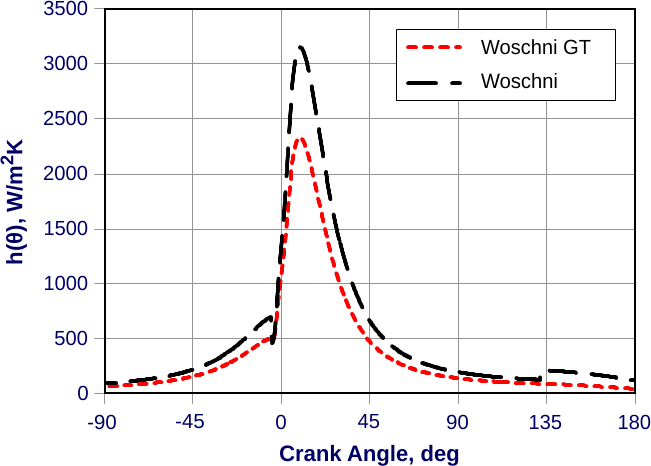
If you think about what is happening in the tank, there are convection cells bringing 'hot' bitumen to the wall where it cools due to the heat losses, it sinks and flows backwards the middle of the tank. When I've done tank heat loss calculations those air film coefficients are significant in reducing the heat losses. For the roof losses, you also have the bitumen to the air and then air to the roof heat transfer coefficients to include. You have similar losses through the floor and the roof. For the walls above the liquid level you need to include the air inside film coeficient from the bulk air to the inside wall. Heat losses through the wall through the wetted portion are first through the inside film coefficient from the bulk bitumen to the wall, through the steel, through the insulation and then to air (including air gaps if you want to) though the steel resistance is trivial and can be ignored. Tank losses are through the wall, roof and floor. Ignorning the effect of adding 'fresh' bitumen to the tank (if it's a different temperature than what is already there), those kJs have to be replacing those lost to the ambient surroundings. If you go through the heat loss from the hot oil system you know how many kJ are going into the bitumen. RE: Bitumen tank - Heat transfer rate MarcAndre (Electrical)
#Heat transfer rate full
I did some calculations on how much a rail car full of 50% caustic would cool down and got only about a deg F a day.ĭo you have any properties for the bitumen as a baseline? I may have some references at the office but will have to look tomorrow. I'm not surprised the bitumen didn't cool off very much, there's a huge thermal mass in that tank. If the two compare reasonably well, then you know the inside bitumen is close to 320F AND its heat transfer coefficient is insignificant to the insulation. I'd then compare that to the heat losses from the tank assuming that the bitumen at the inside wall is about 320F and that the inside film coefficient is much less than the thermal resistance from the 2" of mineral wool (seems light to me for this temperature).
#Heat transfer rate portable
Rent a portable ultrasonic flow meter if you need to. RE: Bitumen tank - Heat transfer rate MarcAndre (Electrical)įor the heat loss, as Stone said, I'd look at how much heat you are putting into the bitumen from the hot oil? Q = mCpdT. Things to think about, sometimes saving money can really bite you in the ***. What if you can't get it started again on Monday? Startup's and shutdowns are the most dangerous part of any process, do you really want to add two of them per week to your process for a small amount of cash? Maybe you could just lower the temperature to 250F for the weekend but shutting off the heater all together will probably get you into trouble. Obviously the rate of cooling in reality is asymptotic because the material near the wall will cool down and slow the cooling of the bulk of the material substantially.Īll that being said I would say that cooling the asphalt off over the weekend is a bad idea. It wont' be exact but it will give you a ball park. If you stop the flow of thermal oil and let the tank cool down a little you can back calculate a bulk heat capacity for the system by taking the (steady state heat loss )*(minutes you let it cool down)/(temp difference). If you can measure the hot oil temp in and out of the tank and you know the flow rate then that will give you the current steady state heat loss by the tank. Thanks RE: Bitumen tank - Heat transfer rate So, how do I calculate the effective heat transfer from the coils to the bitumen inside the tanks ? I would like to know how long it would take to increase the temperature of the bitumen, if we wuld shut off the thermal oil boiler on weekends and restart it before the production starts on Mondays. I Used 18,9 W/m^2/K for the h convection of air Mass flow rate= 100 GPM pump -> 5.18 kg/s Kinematic Viscosity = 10,78 cst (or mm^2/s) The desired bitumen temperature is 320F which is also the approximated temperature of the thermail oil flowing in the coils (2'' pipes) inside the tank.
#Heat transfer rate plus
I have downloaded the 3E Plus 3.2 insulation software, but I am not quite sure if I can consider the tank (108'' diam.) as a large pipe. I also want to calculate how much heat is loss through the walls of the tank (insulation: 2x 2'' mineral wool blanket 850F + aluminium cover). I've got all the data for the thermal oil, but I am still looking for the Thermal conductivity and the Specific heat of the bitumen. I want to calculate the Heat transfer rate inside the Bitumen tanks from the thermail oil pipes to the bitumen.

I am working on an energy efficiency project in an asphalt making company in Quebec, Canada.


 0 kommentar(er)
0 kommentar(er)
